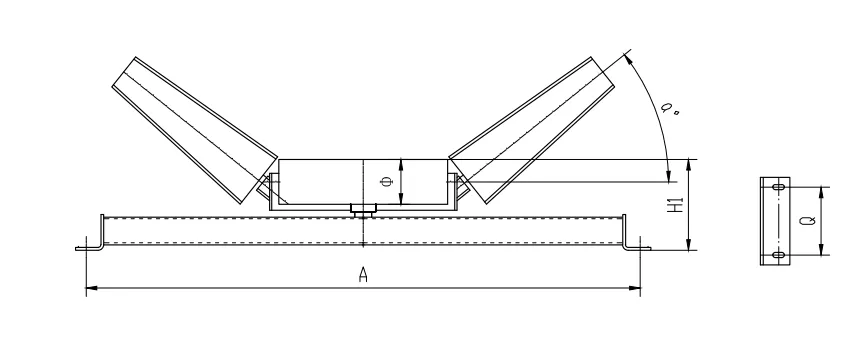 Afrikaans
Afrikaans  Albanian
Albanian  Amharic
Amharic  Arabic
Arabic  Armenian
Armenian  Azerbaijani
Azerbaijani  Basque
Basque  Belarusian
Belarusian  Bengali
Bengali  Bosnian
Bosnian  Bulgarian
Bulgarian  Catalan
Catalan  Cebuano
Cebuano  Corsican
Corsican  Croatian
Croatian  Czech
Czech  Danish
Danish  Dutch
Dutch  English
English  Esperanto
Esperanto  Estonian
Estonian  Finnish
Finnish  French
French  Frisian
Frisian  Galician
Galician  Georgian
Georgian  German
German  Greek
Greek  Gujarati
Gujarati  Haitian Creole
Haitian Creole  hausa
hausa  hawaiian
hawaiian  Hebrew
Hebrew  Hindi
Hindi  Miao
Miao  Hungarian
Hungarian  Icelandic
Icelandic  igbo
igbo  Indonesian
Indonesian  irish
irish  Italian
Italian  Japanese
Japanese  Javanese
Javanese  Kannada
Kannada  kazakh
kazakh  Khmer
Khmer  Rwandese
Rwandese  Korean
Korean  Kurdish
Kurdish  Kyrgyz
Kyrgyz  Lao
Lao  Latin
Latin  Latvian
Latvian  Lithuanian
Lithuanian  Luxembourgish
Luxembourgish  Macedonian
Macedonian  Malgashi
Malgashi  Malay
Malay  Malayalam
Malayalam  Maltese
Maltese  Maori
Maori  Marathi
Marathi  Mongolian
Mongolian  Myanmar
Myanmar  Nepali
Nepali  Norwegian
Norwegian  Norwegian
Norwegian  Occitan
Occitan  Pashto
Pashto  Persian
Persian  Polish
Polish  Portuguese
Portuguese  Punjabi
Punjabi  Romanian
Romanian  Russian
Russian  Samoan
Samoan  Scottish Gaelic
Scottish Gaelic  Serbian
Serbian  Sesotho
Sesotho  Shona
Shona  Sindhi
Sindhi  Sinhala
Sinhala  Slovak
Slovak  Slovenian
Slovenian  Somali
Somali  Spanish
Spanish  Sundanese
Sundanese  Swahili
Swahili  Swedish
Swedish  Tagalog
Tagalog  Tajik
Tajik  Tamil
Tamil  Tatar
Tatar  Telugu
Telugu  Thai
Thai  Turkish
Turkish  Turkmen
Turkmen  Ukrainian
Ukrainian  Urdu
Urdu  Uighur
Uighur  Uzbek
Uzbek  Vietnamese
Vietnamese  Welsh
Welsh  Bantu
Bantu  Yiddish
Yiddish  Yoruba
Yoruba  Zulu
Zulu belt drive idler
The Importance of Belt Drive Idlers in Mechanical Systems
Belt drive systems are a crucial component in various mechanical applications, ranging from automotive engines to industrial machinery. One of the key elements in these systems is the belt drive idler, which plays a significant role in maintaining efficiency and performance.
A belt drive idler is essentially a pulley or a roller that guides and supports the belt within a drive system. It is not directly powered but serves multiple purposes that enhance the overall functionality of the belt drive. One primary function of an idler is to maintain the proper tension of the belt. This is essential because a belt that is too loose can slip, leading to inefficiencies, while excessive tension can cause wear on both the belt and the pulleys.
Idlers are also instrumental in keeping the belt in alignment. Misalignment can lead to increased wear and tear on the belt and the associated components, potentially resulting in failure. By ensuring proper alignment, idlers help in extending the life of the entire drive system, promoting reliability in operations that are heavily dependent on these systems.
In addition to tensioning and alignment, belt drive idlers can be utilized to change the direction of the belt. In many applications, space constraints do not allow for a straightforward configuration of pulleys. Idlers make it possible to navigate around obstacles while still achieving the required driving angles. This adaptability is particularly valuable in complex machinery that needs to operate seamlessly, despite spatial limitations.
belt drive idler

Another benefit of idlers is their role in vibration dampening. Mechanical systems often produce vibrations that can compromise performance and lead to component fatigue. Idlers can absorb some of these vibrations, minimizing their impact on the system. By doing so, they contribute to a smoother operational experience, which is especially critical in high-speed applications where balance and stability are paramount.
While idlers are often seen as relatively simple components, their design and selection are crucial to the overall functionality of belt drive systems. Factors such as material, size, and shape must be considered to ensure that the idler performs effectively in its specific application. For instance, materials that offer high durability and resistance to wear are preferred, especially in high-tension applications.
Furthermore, regular maintenance of idlers is essential. Unlike belts that may be replaced when worn, idlers can often continue functioning long after their initial installation. However, their effectiveness can diminish over time due to wear, misalignment, or insufficient lubrication. Regular inspections can help identify potential issues before they lead to more significant problems.
In conclusion, belt drive idlers are integral to the efficiency and reliability of belt drive systems. They maintain proper tension and alignment, assist in directional changes, dampen vibrations, and extend the life of the components involved. A well-designed and maintained idler not only enhances performance but also ensures safety and reliability in mechanical operations. As industries continue to innovate, the importance of these seemingly simple components will only grow in significance.
-
Revolutionizing Conveyor Reliability with Advanced Rubber Lagging PulleysNewsJul.22,2025
-
Powering Precision and Durability with Expert Manufacturers of Conveyor ComponentsNewsJul.22,2025
-
Optimizing Conveyor Systems with Advanced Conveyor AccessoriesNewsJul.22,2025
-
Maximize Conveyor Efficiency with Quality Conveyor Idler PulleysNewsJul.22,2025
-
Future-Proof Your Conveyor System with High-Performance Polyurethane RollerNewsJul.22,2025
-
Driving Efficiency Forward with Quality Idlers and RollersNewsJul.22,2025





























